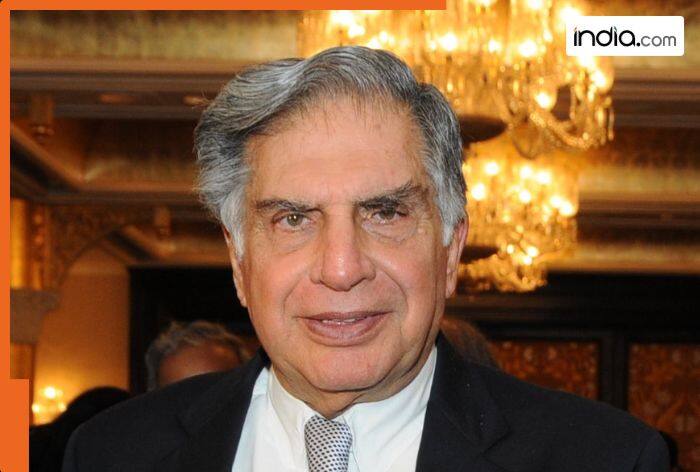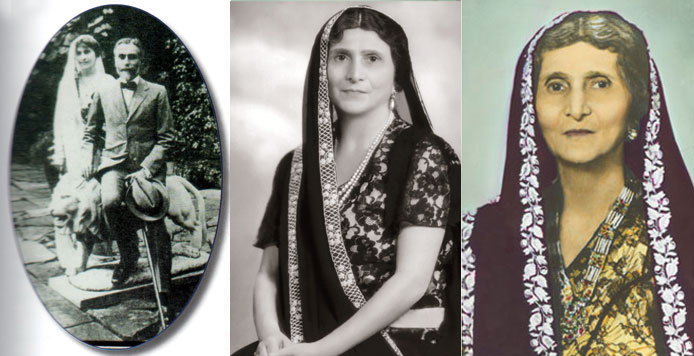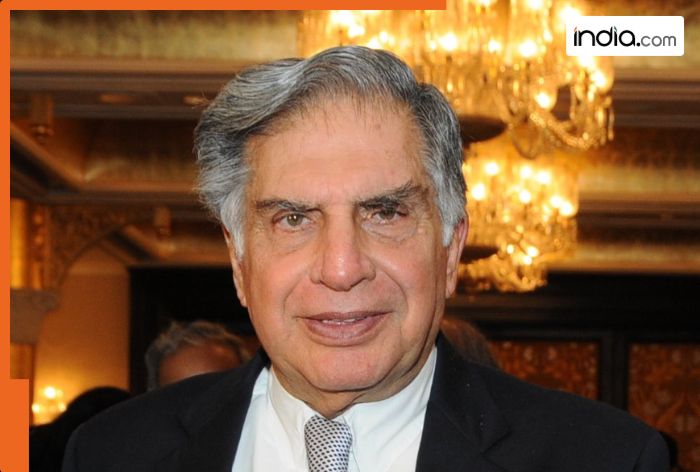This woman was the first female director of Tata Sons. Her connection with Jamsetji Tata, Ratan Tata was …, she is not Simone Tata, Lady Meherbai Tata.

New Delhi: Ratan Tata, who passed away this month, was renowned for his deep humanity, warmth, and the legacy he left behind, as well as for his love of dogs. Since Ratan Tata’s passing, stories and tales about his life, values, and contributions have gone viral, reflecting the admiration people have for him. But do you know who founded Tata Group? Well, 29-year-old Jamsetji Nusserwanji Tata started a trading company with a capital of Rs 21,000 — the early beginnings of what would one day become the Tata Group.
Founded by Jamsetji Nusserwanji Tata in 1868, the Tata Group has grown into a global conglomerate spanning nearly 100 countries. Over almost two centuries, Tata has transformed from humble beginnings into a business leader known for innovation, ethics, and a strong commitment to social progress. Speaking of the Tata Group family, read the inspiring story of this woman, who was the first female director of Tata Sons, her connection with Jamsetji Tata, Ratan Tata was …, she is not Simone Tata, Lady Meherbai Tata.
Notably, Tata Sons Private Limited is the principal holding company of the Tata Group. 66 per cent of the equity share capital of Tata Sons is held by philanthropic trusts, which support education, health, livelihood generation, and art and culture, reads the website.
A groundbreaking moment in Tata’s history occurred in 1925 when Navajbai Sett became the first female director of Tata Sons. After her husband, Ratanji Tata, passed away, Navajbai took on a leadership role and guided the group through crucial years until 1965. Her stewardship laid the foundation for Tata’s enduring legacy of innovation, integrity, and commitment to social progress.
In 1892, Ratanji Tata, son of Jamsetji Tata and younger brother of Sir Dorabji Tata, married Navajbai Sett, the younger daughter of Ardeshir Merwanji Sett. Later, the couple went to England in 1915, where they adopted Naval Tata, who later became the father of Ratan Tata, making Navajbai Ratan Tata’s paternal grandmother. Her significant contributions and leadership continue to be a vital part of Tata’s legacy. In other words, Navajbai Sett is the paternal grandmother of Ratan Tata.
Navajbai Sett and Ratanji Tata’s Married Life
Navajbai Sett and Ratanji Tata enjoyed a vibrant and fulfilling married life, during which they spent time in England and acquired York House in Twickenham, the beautiful rural residence of the Duke of Orleans. Their social circle included some of the most prominent families in the UK, allowing them to mingle with British society’s elite and aristocracy. They were particularly close friends with King George V and Queen Mary, further highlighting their prominent position within high society during that era.
Sir Ratan and Lady Navajbai Sett were passionate connoisseurs of fine art, amassing a valuable collection of jade, paintings, and various artifacts during their travels. They intended to embellish their grand new home, modeled after the summer palace at Versailles, which Ratanji was building in Bombay. Tragically, he passed away before the completion of their dream home, leaving Lady Navajbai a widow at the young age of 41, with the responsibility of managing his estate.

Navajbai Sett and Ratanji Tata’s Philanthropic Contributions
Being significantly concerned with the plight of the aged and poor Parsi women, Navajbai established an institute in memory of Sir Ratan in 1926, intending to provide livelihood to poor women of the community through meaningful employment. During her lifetime, Lady Navajbai Sett generously donated several houses she inherited from Sir Ratan to charity.
In 1928, she established the Sir Ratan Tata Institute (RTI) to offer vocational training to underprivileged women. The institute focused on essential skills such as cookery, embroidery, tailoring, and laundry, empowering women to achieve financial independence.
“Using resources from the Trust, she undertook several initiatives in various spheres to alleviate poverty and improve the quality of life of the economically challenged – by designing programmes for providing livelihood and by mobilising funds for medical treatment, which they had no access to,” reads the official website of Tata Trusts.

